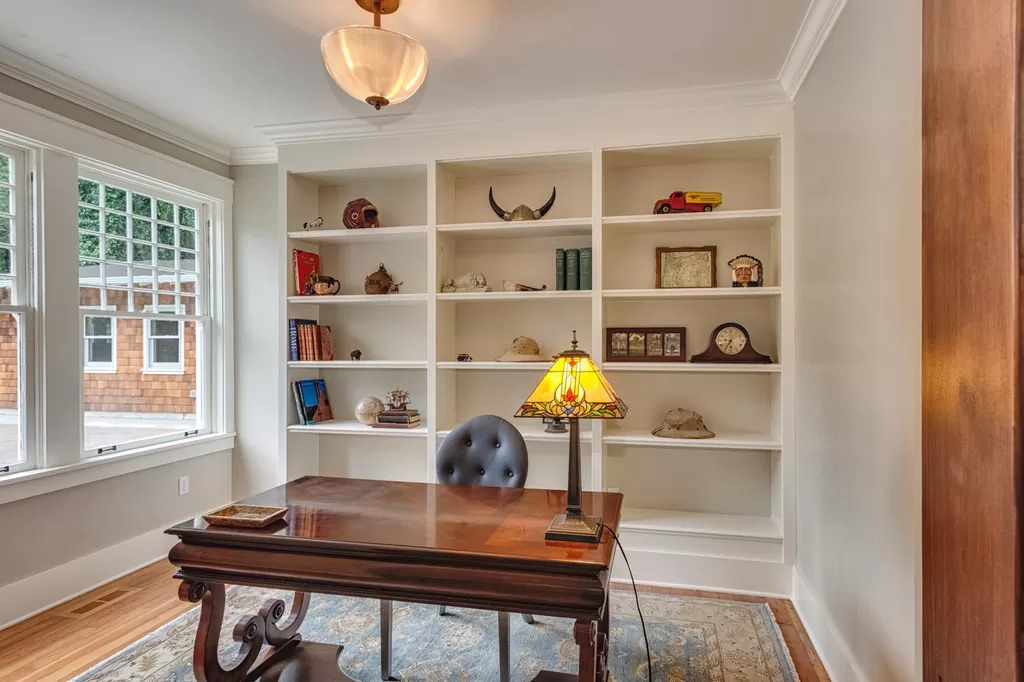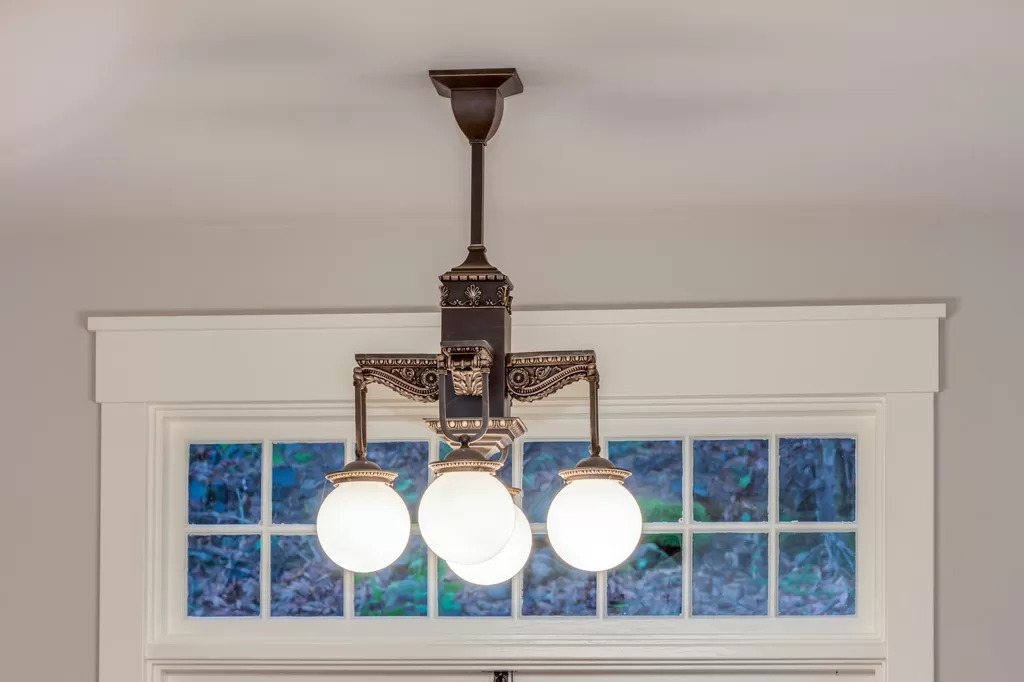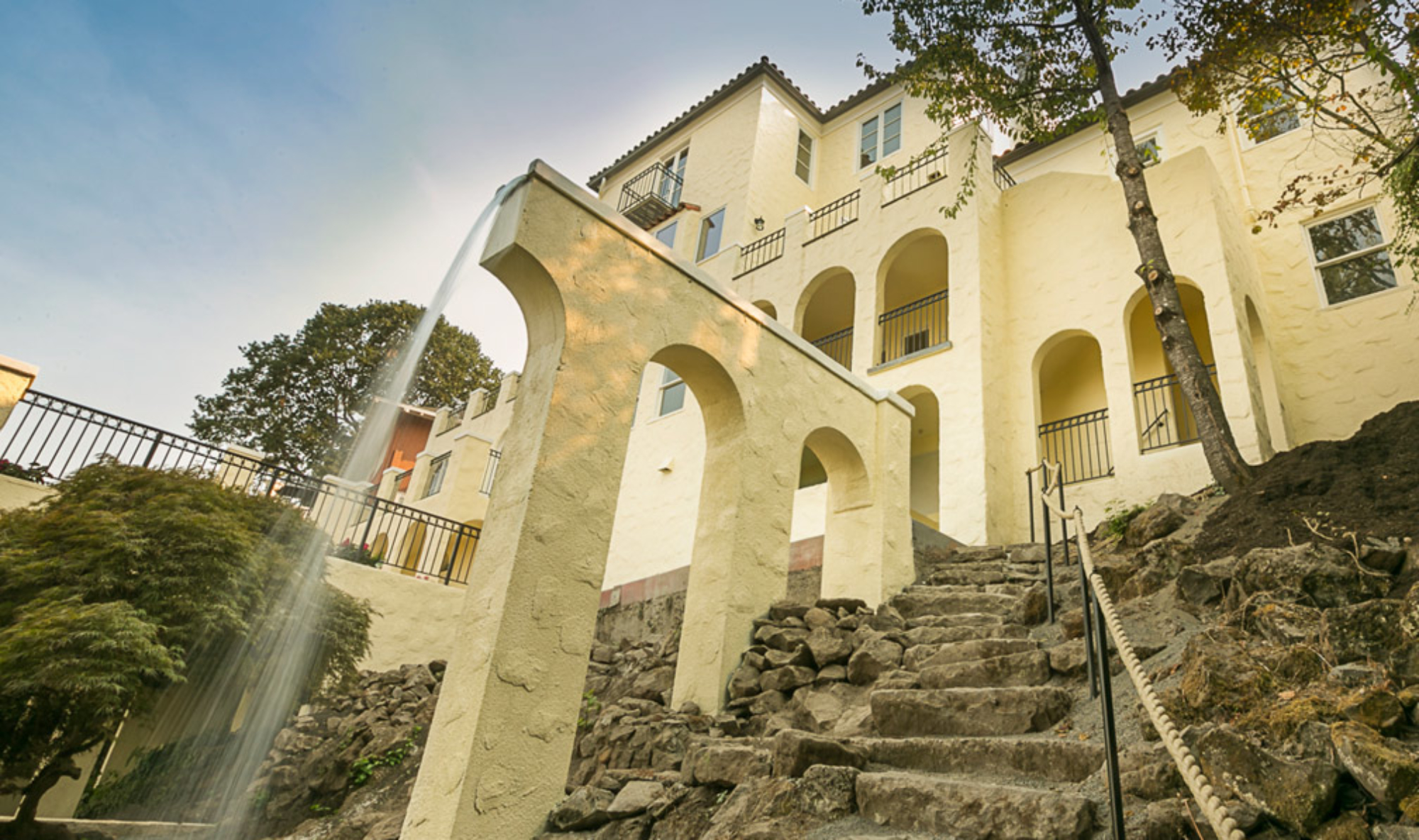The mysterious 1910 Emma Austin stone house in Lake Oswego is for sale at $1.4 million
Updated: Mar. 10, 2020, 10:24 p.m. | Published: Mar. 09, 2020, 10:37 a.m.By Janet Eastman | The Oregonian/OregonLive
Years before Sucker Lake was renamed and the once-remote land around it become Lake Oswego, now one of Oregon’s most expensive enclaves, a mysterious woman dispatched one of Portland’s best architects there to design an Arts and Crafts bungalow.
Today, the Emma Austin House, a restored and modernized stone-fronted exemplar of high-end country living a century ago, is as handsome as anything young or old in the tony city west of the Willamette River.
And it’s for sale at $1,395,000.
Austin’s architect for her 1910 vacation home: Joseph Jacobberger, who is best known for his early, innovative approach to Craftsman-style houses.
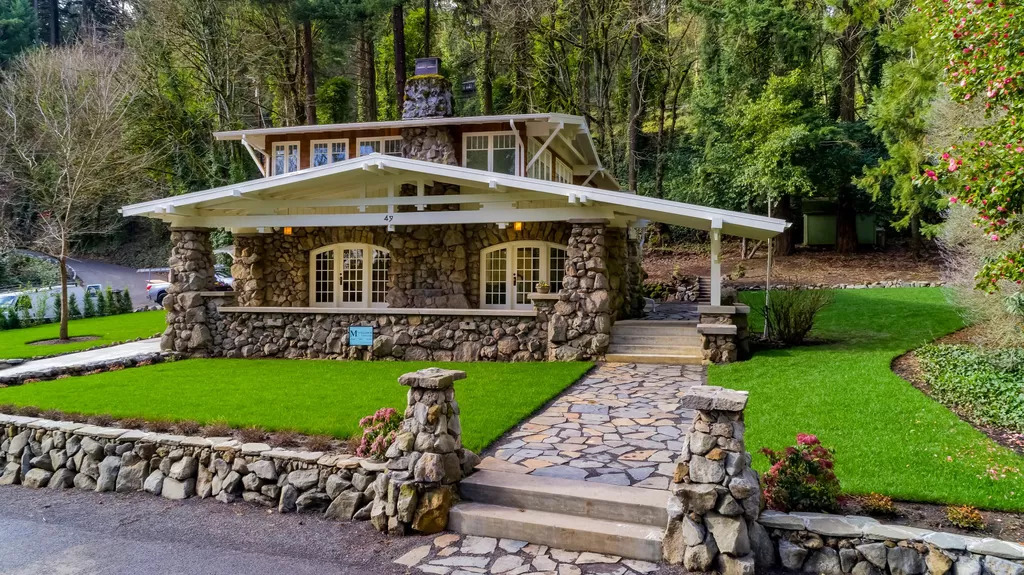
Unlike heavily adorned Victorian-era residences, the then-modern Craftsman style of housing was clad in rough-cut stone, stucco, shingle, brick or horizontal siding.
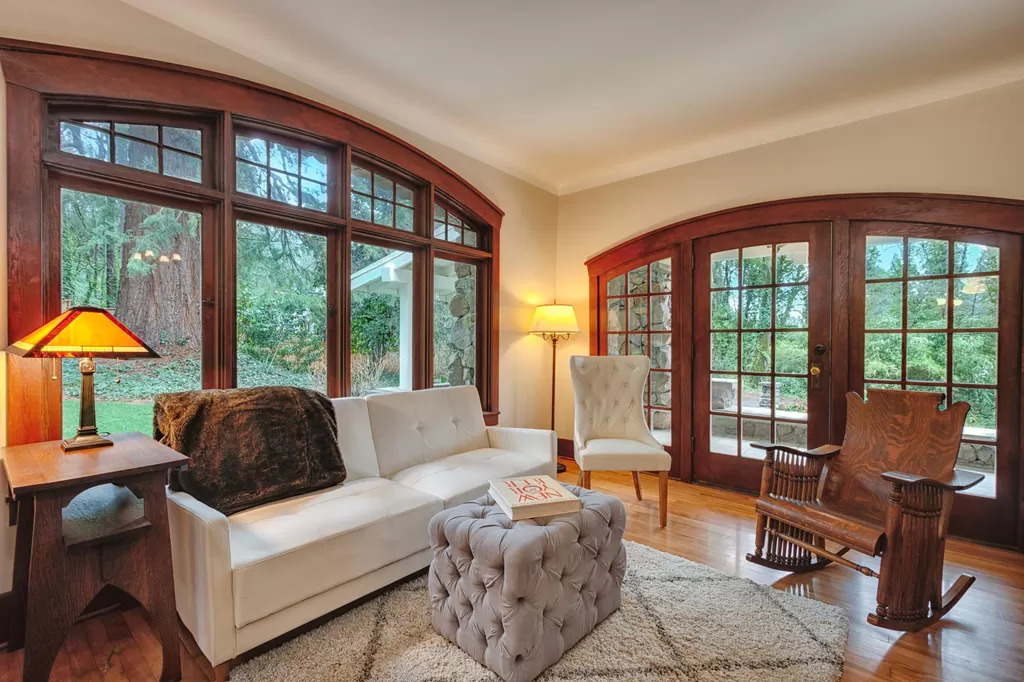
The revolutionary look was inspired by the Arts and Crafts’ movement to celebrate artists and crafts people, and reject industrialized materials.
Portland’s building boom at the turn of the last century cemented the Craftsman as the city’s signature style. And its appeal spread across Oregon.
The lodge-like Emma Austin House has arched French doors that open to the wide covered veranda.
Inside are details difficult to reproduce today, from original windows and lighting fixtures to hardware, including a metal-ringed door knocker.
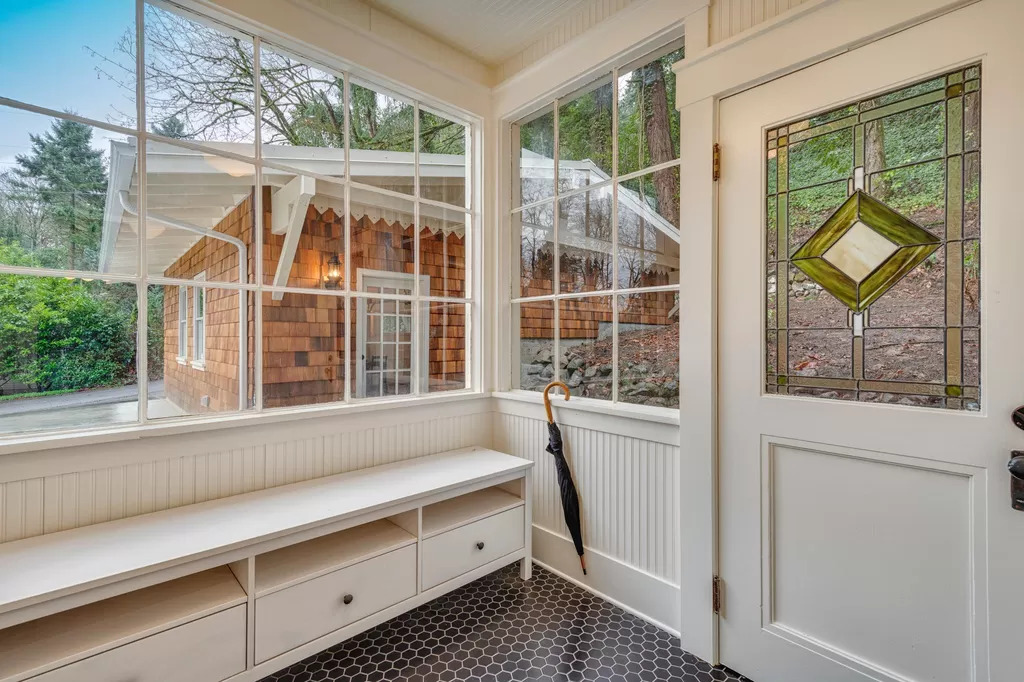
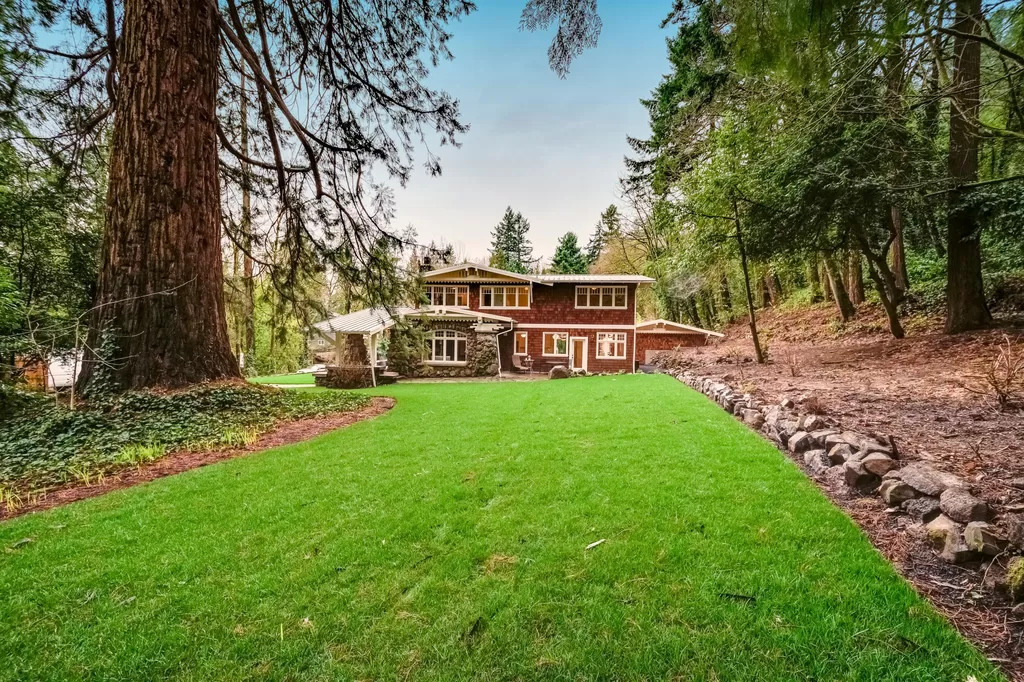
Original stonework that had been damaged was replaced by matching river rock, which was also used to build a retaining wall around the property at 49 Briarwood Road.
The painstaking wall project took six months, says John McCulloch, who heads Portland-based McCulloch Construction, which specializes in preservationist and historic remodeling.
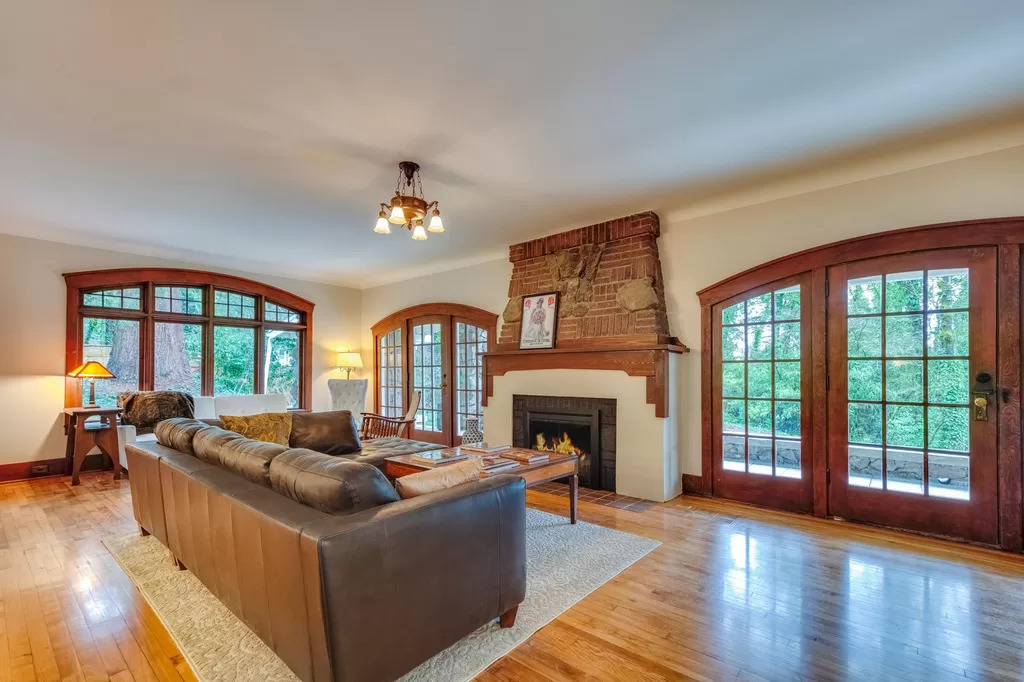
Over the years, McCulloch and his McCulloch Foundation have been credited with saving about 20 historic structures, including the 1911 Markham House, a Spanish Mission-style structure, in Portland’s Laurelhurst neighborhood.
The foundation hosts events at the 1912 Giltner Mansion, a Dutch Colonial Revival in Northeast Portland’s Irvington neighborhood, to raise money and awareness for preservation projects.
“Portland is changing so fast we are losing our sense of place and history,” says McCulloch, who was honored in February for his restoration of the Emma Austin House by the Lake Oswego Preservation Society.
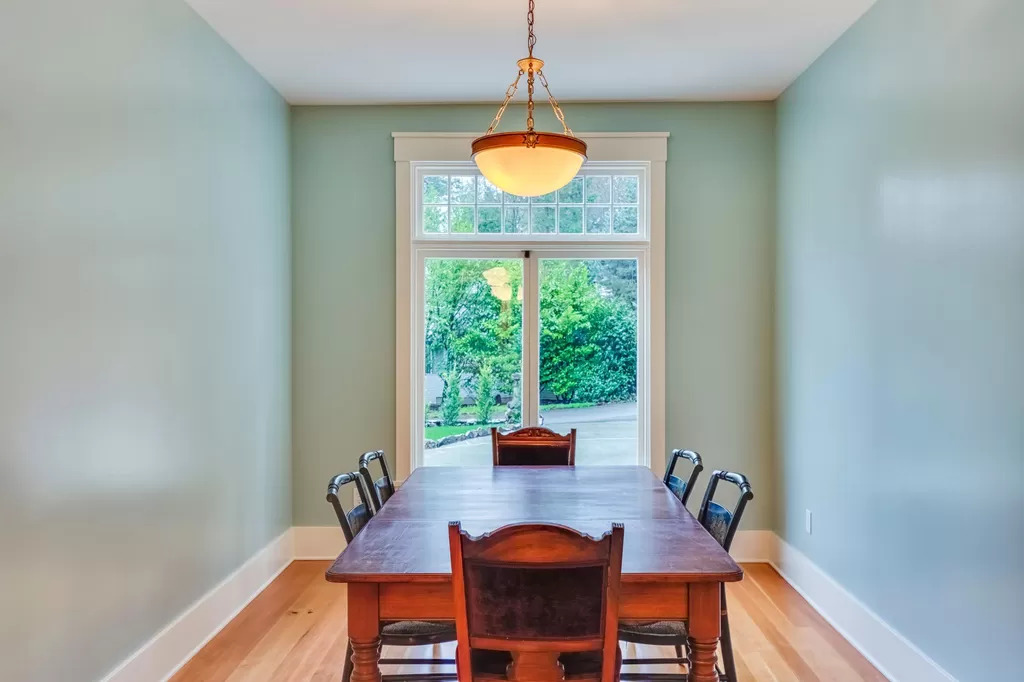
Here, McCulloch’s crew took rooms down to the studs to install energy-efficient insulation, heating and air conditioning. A new foundation and other features improved the structure’s seismic quality.
The second story was extended to include a master suite, two bedrooms and two more bathrooms. And an oversized two-car garage was constructed and clad in matching cedar shingles.
More than $75,000 was spent on painting the interior, not counting months of touch up, McCulloch says. Light fixtures from the 1910 era were found, restored and installed.
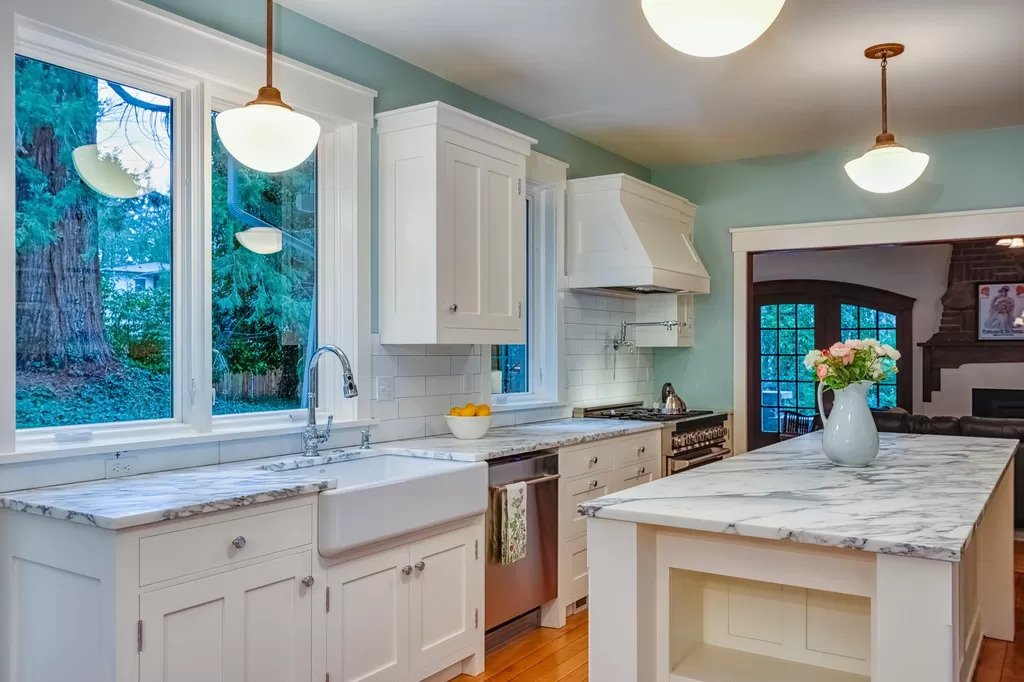
“Chasing perfection” is the way McCulloch describes it.
Since the house has not been designated a historic landmark, McCulloch and other preservationists feared the 1.04-acre parcel was vulnerable to development.
As he has done with other historic homes in danger of demolition, McCulloch bought it, then remodeled it.
He believes an effective way to save older homes is to make them attractive and useful for today’s living.
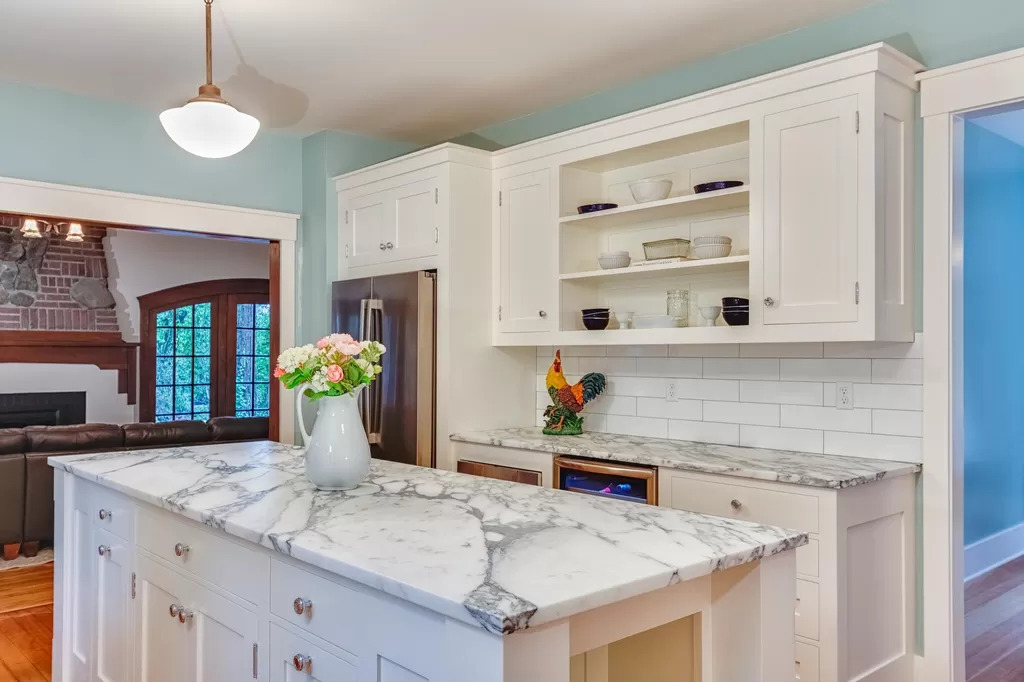
Little is known of Emma M. Austin.
William J. Hawkins III wrote in “Classic Houses of Portland, Oregon, 1850-1950” that her vacation home is “one of the finest bungalow-style houses” and has all the characteristics made famous by Greene and Greene in California “to make it so appealing and so timeless.”
Hawkins praised the massive stone columns and Japanese-inspired wood beams that extend to wide eaves.
Another mystery: The short-ceilinged basement had a ladder descending into a stone space that “looked like an old goldmine,” says McCulloch.
He made the basement more functional by creating a full-height room and adding wine storage.
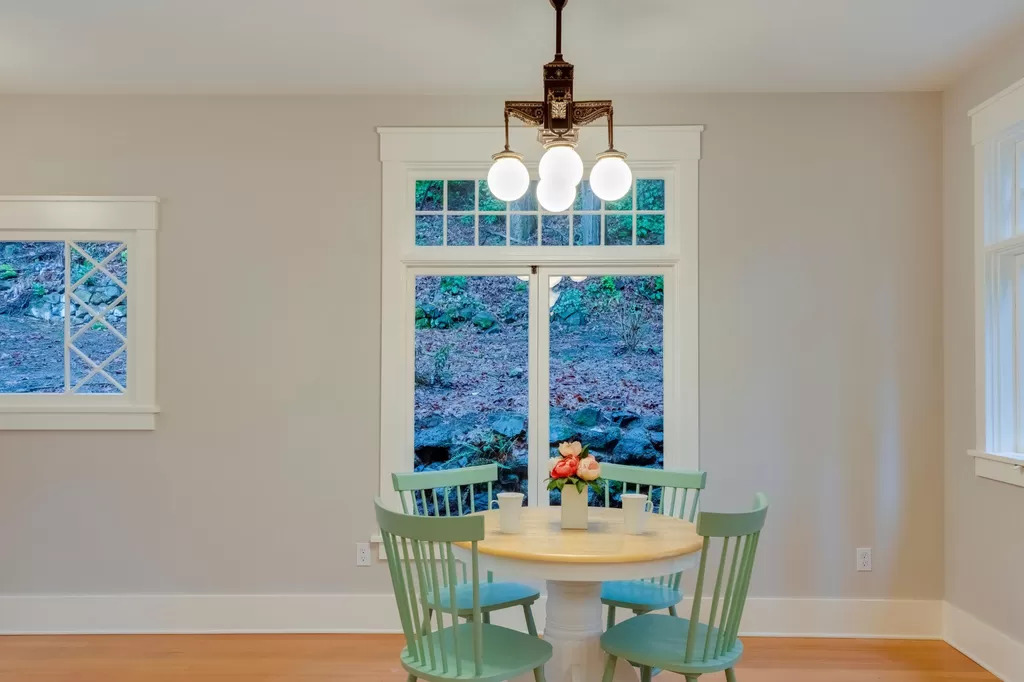
Despite its modern upgrades, the original aesthetic of rustic stone and cedar shake harmonizes with the forest surroundings.
With a stream and flowering magnolia and other trees, the property is a retreat close to the city while remaining a solid link to nature and the past.
“What kind of person wants to live here?” asks McCulloch. “If you’re torn between wanting to be close to everything and being touched by nature, this is the place.”
